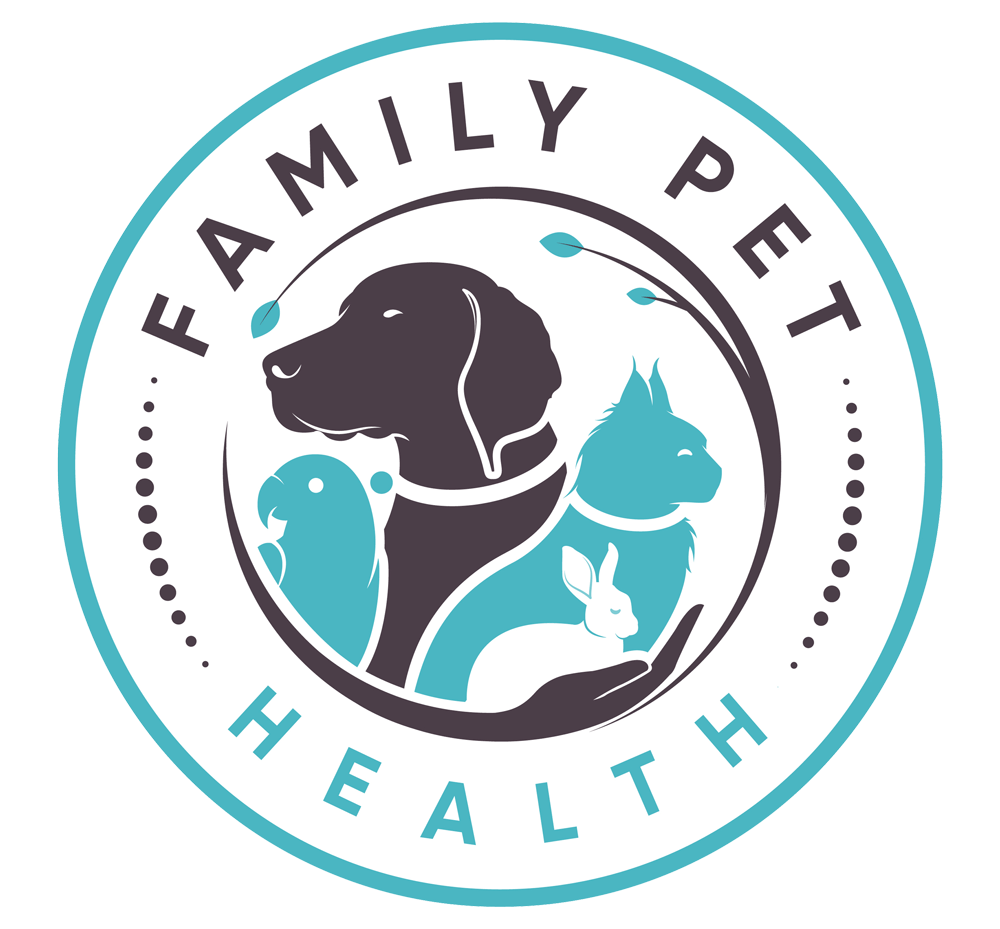Maintaining your dog’s oral health is essential for their health and wellbeing. Just like in humans, neglecting your furry friend’s teeth and gums can lead to dental issues, discomfort, pain and serious health problems. Understanding the signs of oral discomfort in your dog is an important part of pet ownership, and will ensure you can detect any issues early. In this post, we’ll explore some common signs that may indicate your pooch is experiencing dental issues, and what you can do to help.
Bad breath
Often one of the most noticeable signs of poor oral hygiene in dogs is halitosis. While some level of odor is unavoidable in dogs, persistently foul-smelling breath is not normal and likely indicates an excess of bacteria in the mouth.
Infection and inflammation in your dog’s mouth begins as gingivitis, which is reversible with correct oral care. However, ignoring bad breath could lead to periodontal disease, where the gums and tissues in the mouth are infected and cause pain, swelling and illness for your pet. If your dog’s breath has taken a turn for the worse, inspect their mouth for further signs of infection, soreness and irritation.
Drooling and pawing at their mouth
When your dog’s mouth is causing them pain, they will naturally drool more than usual. This, potentially combined with pawing at the mouth or rubbing their face against surfaces can indicate irritation. This is because dental issues such as gum disease and tooth decay can cause inflammation and pain, resulting in increased saliva production. Dogs will attempt to alleviate their discomfort by rubbing their faces or mouths, as a reaction to toothache or sore gums.
You should check your dog’s gums regularly to ensure they are healthy – they should be pink and firm. If there’s any bleeding, swelling or discoloration, this could be a sign of a dental problem and you should seek professional advice from a veterinarian.
Visible tartar buildup
If you notice your dog has yellow or browning on their teeth, particularly along their gumline, it’s likely to be tartar buildup. Tartar is hardened plaque that harbors bacteria and can lead to gum disease and tooth decay if not removed. Making teeth cleaning a part of their weekly routine will help your dog avoid painful oral problems – you can find dog-friendly toothbrushes, toothpaste and dental chews in many pet stores, or ask your vet for advice on which is best for your pal.
It’s important to keep a close eye on your dog’s dental health and overall wellbeing. By being vigilant and observant of your dog’s behavior, you can detect signs of dental issues early on. Ignoring poor dental hygiene can lead to severe health problems as the infection spreads into the tissues surrounding the teeth. In extreme cases, the gums can recede and expose the roots of teeth – making eating extremely painful for your dog. Remember to schedule regular checkups with the team here at Family Pet Health and establish a dental care routine with your dog from a young age to keep their smile healthy and bright.

